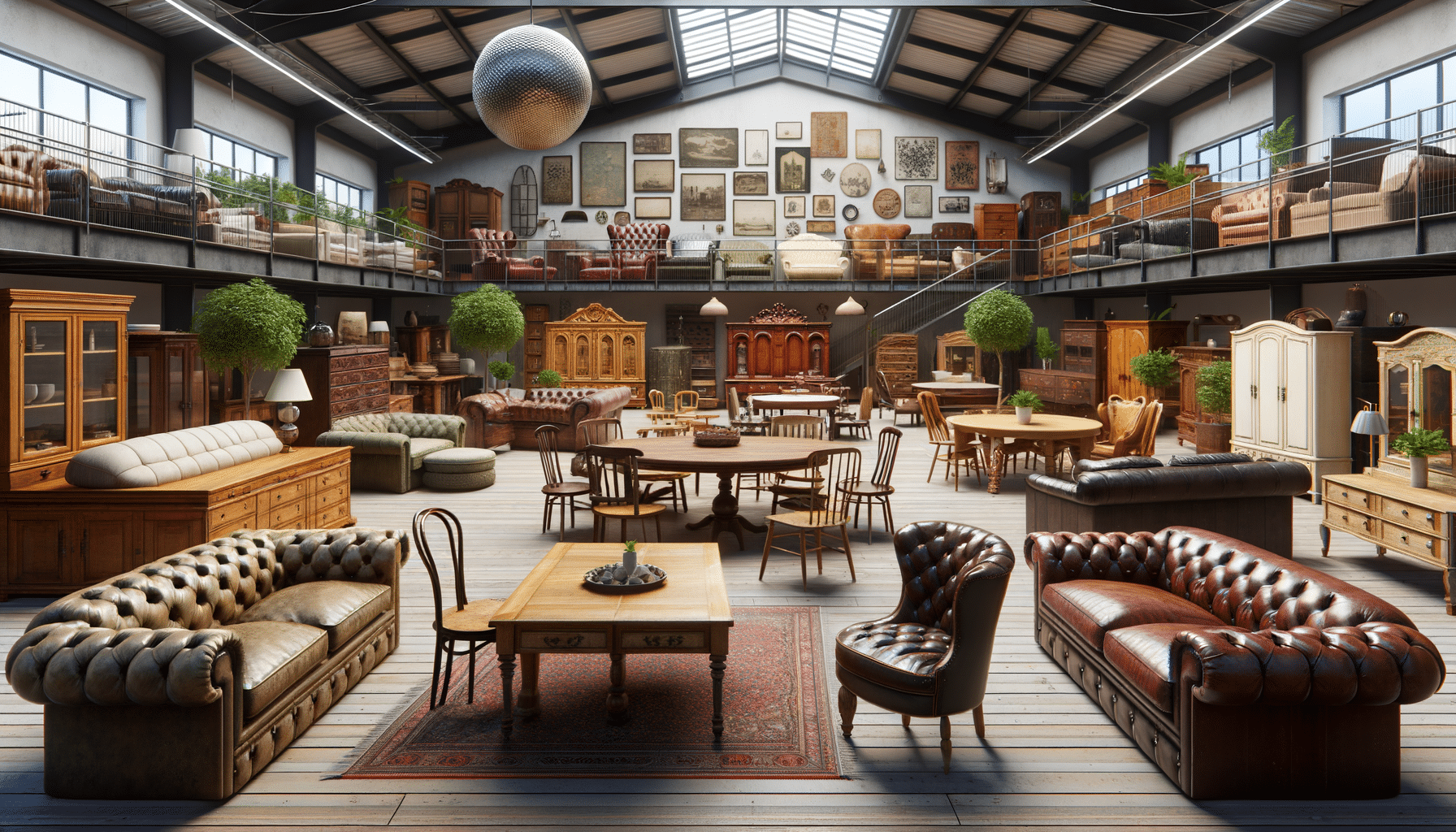
Furniture Selection Trends Observed in Secondhand Retail Locations
Introduction to Secondhand Furniture Trends
In recent years, secondhand retail locations have become increasingly popular for furniture shopping. These outlets offer a diverse array of items that cater to various tastes and preferences. The appeal of secondhand furniture lies not only in its affordability but also in the unique character and history each piece carries. As sustainability becomes a priority for many consumers, the demand for pre-owned furniture continues to rise, making it a relevant topic for both buyers and sellers.
Influence of Regional Donation Patterns
One of the key factors influencing the inventory of secondhand furniture stores is regional donation patterns. These patterns are shaped by the local community’s preferences, economic conditions, and lifestyle changes. For instance, urban areas might see a higher influx of modern and minimalist designs, while rural locations could offer more traditional and rustic pieces. This variation ensures that every store has a unique selection, making the shopping experience exciting and unpredictable.
Regional donation patterns also reflect cultural influences and seasonal trends. During certain times of the year, such as spring cleaning or the end of the school year, donations may increase, leading to a more extensive inventory. Additionally, areas with a high turnover of residents, such as college towns, might see a steady stream of furniture donations as students and faculty move in and out.
Impact of Seasonal Turnover
Seasonal turnover plays a significant role in shaping the inventory of secondhand furniture stores. As seasons change, so do people’s needs and preferences. For example, during the winter months, there might be a higher demand for cozy and warm furnishings, such as plush sofas and thick area rugs. In contrast, the summer season may bring a preference for lighter, more breathable materials like wicker or bamboo.
This seasonal shift not only affects consumer demand but also influences the type of furniture that is donated. As people renovate their homes to match the season, they often donate items that no longer fit their current aesthetic. This cycle of donation and purchase keeps the inventory fresh and dynamic, offering new opportunities for buyers to find pieces that suit their evolving tastes.
Design and Material Trends
The variety of designs and materials found in secondhand furniture stores is vast and ever-changing. Mid-century modern pieces, known for their clean lines and functional form, have seen a resurgence in popularity. Similarly, vintage and retro styles are highly sought after for their nostalgic appeal and craftsmanship.
Material trends also play a crucial role in furniture selection. Sustainable materials like reclaimed wood and recycled metal are increasingly favored by environmentally conscious consumers. These materials not only reduce the environmental impact but also add a unique character to each piece, making them stand out in any home.
In addition to these trends, the eclectic mix of styles and materials available in secondhand stores allows buyers to experiment with different looks without committing to a single design philosophy. This flexibility is one of the key attractions of shopping for furniture in these retail locations.
Conclusion: Embracing the Secondhand Furniture Market
The secondhand furniture market offers a treasure trove of options for those willing to explore it. With regional donation patterns and seasonal turnover influencing inventory, shoppers can find a wide range of styles and materials that cater to diverse tastes. As more people prioritize sustainability and affordability, the appeal of secondhand furniture continues to grow.
By embracing this market, consumers not only contribute to a more sustainable environment but also have the opportunity to furnish their homes with unique, character-filled pieces. Whether you’re looking for a specific style or simply enjoy the thrill of the hunt, secondhand furniture stores offer an ever-changing selection that promises to delight and inspire.


